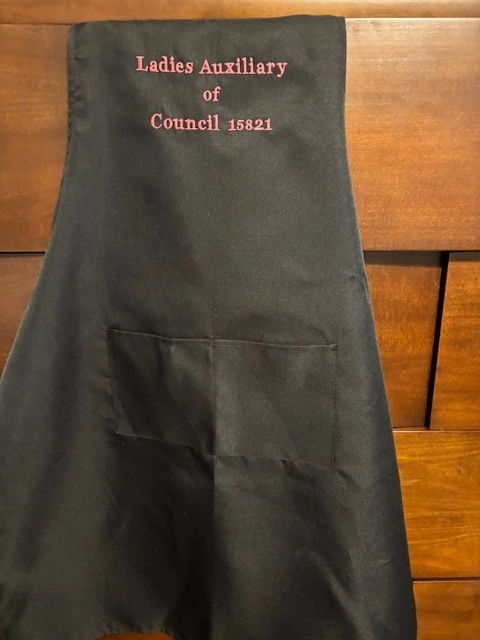The Art of Custom Embroidery: Unlocking the Tricks to Creating Special and Remarkable Designs
The secrets to developing custom-made needlework layouts that mesmerize the eye and leave a long lasting impact lie in a fragile balance of strategy, creative thinking, and interest to information. As we dig into the globe of personalized needlework, we uncover the nuanced interaction between string choice, stitch intricacy, and design customization that elevates a simple garment to a job of art.
Choosing the Right Embroidery Threads
When choosing needlework strings, what essential variables should you consider to make sure the ideal results for your custom-made layouts? The choice of embroidery thread is vital in determining the final result of your stitched layout. Among the primary considerations is the material of the thread. Different materials such as cotton, polyester, rayon, and silk use differing degrees of luster, resilience, and structure. It is crucial to pick a thread material that complements the fabric you are stitching on and straightens with the wanted appearance of the layout.
Moreover, the weight or density of the string plays a substantial role in the look of the needlework. Thicker strings can include measurement and appearance to your style, while finer threads are optimal for elaborate details and small text. In addition, taking into consideration the shade fastness and washability of the thread is essential to guarantee that your custom layouts preserve their high quality and vibrancy in time. By carefully evaluating these factors and picking top notch threads that meet your details demands, you can improve the visual charm and longevity of your embroidered productions.
Exploring Various Stitch Techniques
To look into the realm of 'Checking out Different Stitch Techniques', one have to understand the intricacies and nuances that each sewing method gives the art of needlework. Different stitch methods not just add visual passion yet also add to the overall structure and measurement of the design. One popular stitch strategy is the satin stitch, which involves very closely packed parallel stitches to create a smooth and shiny surface area, suitable for completing shapes and producing strong lays out.
On the other hand, the backstitch is a versatile method typically used for detailing and including fine details. It involves stitching backward to develop a solid line of embroidery. Additionally, the French knot stitch adds a responsive component to styles, best for creating distinctive accents like flower centers or decorative touches.
Checking out different stitch methods enables embroiderers to have fun with light, shadow, and deepness within their designs, elevating the visual allure and creative quality of their embroidery projects. By mastering numerous stitching methods, one can unlock unlimited possibilities for creating distinct and memorable custom embroidery pieces.
Incorporating Personalized Layout Components
Having actually checked out the complexities of various stitch methods such as the satin stitch, backstitch, and French knot, the focus currently changes towards Learn More Here including tailored style components in custom embroidery projects. Individualized layout aspects play an essential function in making embroidery tasks genuinely unique and remarkable.
One more means to incorporate tailored layout components is by including icons or concepts that hold unique significance to the recipient or show their passions and individuality. For instance, integrating a favored flower, animal, or hobby-related sign can make the embroidery layout extra significant and tailored. In addition, choosing colors that reverberate with the recipient or straighten with the intended style can better enhance the customization of the embroidery project.
Mastering the Art of Color Sychronisation
One key facet of color sychronisation is recognizing color theory. This consists of knowing exactly how various shades communicate with each other, the feelings they convey, and how they can be integrated to develop visually attractive layouts. By using shade custom made tee shirts theory concepts, embroiderers can produce harmonious color combinations that enhance the total appearance of the style.
Furthermore, taking notice of contrast is critical in color sychronisation. Using contrasting shades can aid certain elements of the style pop, boost legibility, and create a visually dynamic embroidery piece. By understanding the art of color control, embroiderers can elevate their designs and produce unforgettable items that reverberate with customers and viewers alike.
Enhancing Structure With Advanced Needlework Stitches

French knots, for instance, are excellent for including tiny, raised dots to your design, imitating the look of beads or creating a textured surface. Bullion knots, on the other hand, can be utilized to produce twisted, ropelike aspects that include a luxurious feel to the needlework. Seed sewing entails little, scattered stitches that can load in locations with a speckled structure, while turkey work produces fluffy, dimensional accents reminiscent of animal fur or foliage. Try out these advanced embroidery stitches permits you to press the borders of typical needlework and produce absolutely one-of-a-kind and aesthetically attractive structures in your designs.
Conclusion
To conclude, the art of customized embroidery entails a combination of picking the ideal strings, checking this article out different stitch methods, incorporating tailored style elements, grasping color control, and improving appearance with sophisticated stitches. By understanding and applying these essential components, embroiderers can produce unique and memorable layouts that showcase their creativity and ability. Embroidery fanatics can open the tricks to creating attractive and bespoke pieces that stand apart and leave a long lasting impact.